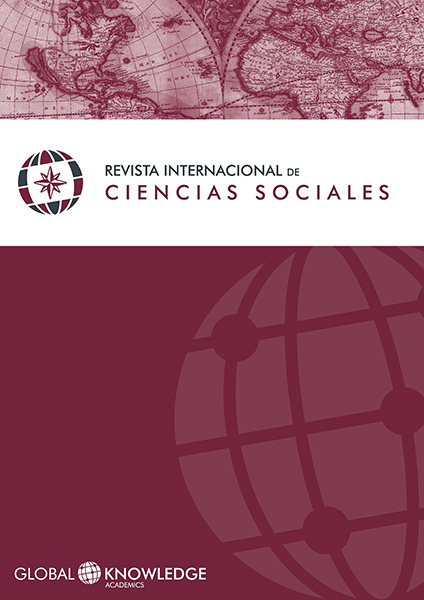Intermediality between Comics and Films in the Digital Age: the Zack Snyder Case
DOI:
https://doi.org/10.37467/gka-revsocial.v5.374Keywords:
Comics, Cinema, IntermedialityAbstract
The technological advances and the development of the digital image have allowed the latest cinema to approach comic as it never did before. With the new digital tools, filmmakers who didn’t found before the right way to emulate on screen the language of comics, have found new expressing possibilities for the cinematographic image. Thanks to the digital technology, the film frames find meeting points with the comic frames through the acceleration, deceleration and the freezing of the image, among other resources. Qualitative research and content analysis will be used in this essay to study the different ways in which cinema, with the complicity of the latest technological advances, comes closer to the comic frames, trying to reach its capacity of synthesis and overcoming the grammatical differences that exist between one media and the other. For such purpose, there will be studied the acceleration and deceleration of the image in the films “300” (2006) and “Watchmen” (2009), both directed by Zack Snyder and both based upon best-sellers graphic novels signed by two major comic authors: Frank Miller and Alan Moore.
Downloads
Global Statistics ℹ️
|
994
Views
|
639
Downloads
|
|
1633
Total
|
|
References
Aristóteles. (2006). Poética . Madrid: Alianza Editorial.
Barbieri, D. (1998). Los lenguajes del comic . Barcelona: Paidós.
Costandinides, C. (2010). From Film Adaptation to Post-Celluloid Adaptation: Rethinkingthe Transition of Popular Narratives and Characters Across Old and New Media. Nueva York: Continuum. DOI: https://doi.org/10.5040/9781628927931
Eisner, W. (1985). Comics and Sequential Art . Florida: Poorhouse Press.
García, S. (2010). La novela gráfica . Bilbao: Astiberri.
Gasca, L. y Gubern, R. (2011). El discurso del cómic . Madrid: Cátedra.
Gómez Tarín, F. J. (Coord.). (2013). Cine e hibridaciones: avatares de la era digital. Archivos de la filmoteca, 72.
Higgins, D. (1966). Intermedia. The Something Else Newsletter , 1 (1).
Macallister, M. (2006). Blockbuster Art House Meets Superhero Comic or Meets Graphic Novel? The Contradictory Relationship between Film and Comic Art. Journal of Popular Film and Television , 34 (3), pp. 108-115. DOI: https://doi.org/10.3200/JPFT.34.3.108-115
Mollá, D. (2013). Las adaptaciones del pulp, la daily, la Sunday y el comic book en los seriales norteamericanos de los años treinta y cuarenta. L’Atalante. Revista de estudios cinematográficos, 16, pp. 7-13.
Pons, A. (2013). La adaptación de cómics al cine en Francia y EEUU: Del homenaje artístico a la franquicia mercadotécnica. L’Atalante. Revista de estudios cinematográficos, 16, pp. 27-34.
Pratt, H. J. (2012). Making Comics into Film. En A. Meskin y R.T. Cook (ed.) The Art of Comics: A Philosophical Approach (pp. 147-165). Oxford: Blackwell Publishing. DOI: https://doi.org/10.1002/9781444354843.ch8
Downloads
Published
How to Cite
Issue
Section
License
Those authors who publish in this journal accept the following terms:
-
Authors retain copyright.
-
Authors transfer to the journal the right of first publication. The journal also owns the publishing rights.
-
All published contents are governed by an Attribution-NoDerivatives 4.0 International License.
Access the informative version and legal text of the license. By virtue of this, third parties are allowed to use what is published as long as they mention the authorship of the work and the first publication in this journal. If you transform the material, you may not distribute the modified work. -
Authors may make other independent and additional contractual arrangements for non-exclusive distribution of the version of the article published in this journal (e.g., inclusion in an institutional repository or publication in a book) as long as they clearly indicate that the work was first published in this journal.
- Authors are allowed and recommended to publish their work on the Internet (for example on institutional and personal websites), following the publication of, and referencing the journal, as this could lead to constructive exchanges and a more extensive and quick circulation of published works (see The Effect of Open Access).













